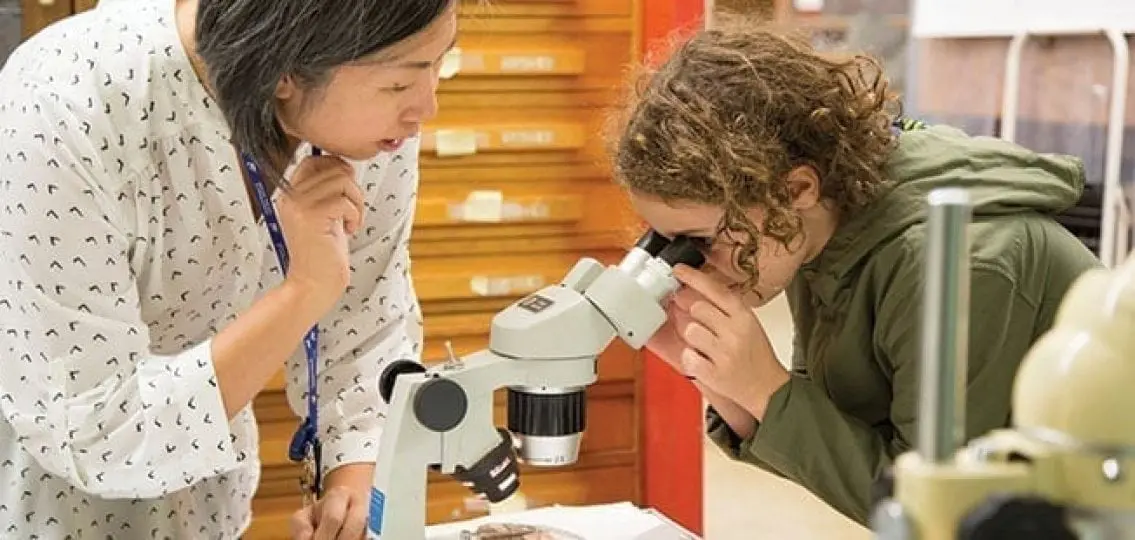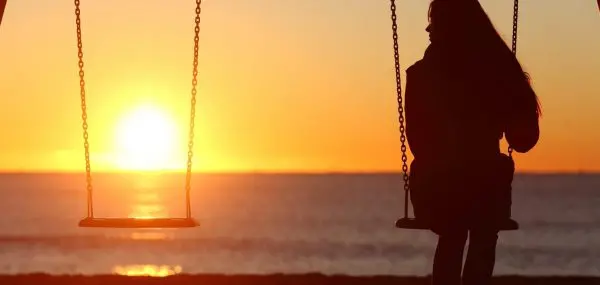The Boy Scouts now allow girls to join, and this change has generated much discussion— and a lot of that discussion has been the expression of opinions that Boy Scouts are better than Girl Scouts.

As a 15-year Girl Scout leader, and a mother of three Girl Scouts and one Eagle Scout, I can say this simply isn’t true.
The quality of each individual troop, den, or pack of Boy or Girl Scouts is dependent on the people who run it—all of whom are volunteers. In both organizations, goals and guidelines have been established, but it is up to the volunteers (mostly parents) to implement them—and make the organization its best for the boys and girls participating. I have great respect for both organizations.
Somehow, though, the persistent damaging myths seem to focus only on Girl Scouts. This inaccurate information causes much harm.
6 Myths About Girl Scouts Debunked:
1. Girl Scouts only learn domestic skills like cooking and sewing.
Girl Scouts learn anything they want. The regular program includes levels and badges for demonstrating a range of skills including cooking (we all need to eat), car care, sports, business, woodworking, politics, managing money, first aid, robotics, camping, fitness, and fine and performing arts. Essentially, they touch on any possible career path one can think of. (Unfortunately, Girl Scouts no longer offer the sewing badge.) Girl Scouts also fosters entrepreneurs.
Then there are additional awards created by local councils. And if a girl really wants to explore something, she can create her own badge and related program. Regionally, there also are specialized programs such as a Girl Scout robotics team, canoe team and pinewood derby event.
2. Girl Scouts don’t camp.
Camping is an option from the very start and girls are taught developmentally-appropriate skills from their first camping trip.
Girl Scouts can and do go camping. Depending on the experience of the adult volunteers, this may be in a cabin or platform tent on scout property. Or in a tent at an established campground or state or national park. It could even be in the backcountry, after carrying all equipment on their backs.
Also, in my experience, girls planned the meals from a young age, and they also handled almost all of the prep and cooking with supervision.
3. Girl Scouts don’t do high adventure.
Tell that to the girls who have spent a week on a sailboat, learning the ropes. Or to those who have spent a week backpacking or kayaking (with portages), or who spent a long weekend dog sledding. There’s also rock climbing, horseback riding, whitewater rafting, zip lining, and snow tubing, to name a few more.
While Girl Scouts doesn’t have a reservation in New Mexico, that doesn’t mean that girls lose out. There are plenty of opportunities for adventure throughout the United States. And girls actually have a hand in planning their time when traveling with their troop.
Girls age 11 and older can also apply to go on one of many Destinations trips, where they can do things such as hike, canoe and camp in Grand Teton and Yellowstone National Parks, sail Lake Erie in the largest wooden sailing ship in the U.S., explore Costa Rica, go SCUBA diving in Panama, ride horses through Mongolia, or cycle along the coasts of Denmark and Sweden.
4. Girls Scouts doesn’t provide leadership.
A quick look at GSUSA’s website debunks this as it describes “the Girl Scout Leadership Experience—a collection of engaging, challenging, and fun activities like earning badges, going on awesome trips, selling cookies, exploring science, getting outdoors, and doing community service projects.” It spells out the four skill areas that are the foundation of this experience: STEM, outdoors, life skills, and entrepreneurship.
| [adrotate banner=”76″] |
For those who choose to go a step further, there are three big awards in Girl Scouts, and the two for older girls require extensive leadership. The Bronze, Silver, and Gold Awards are based on projects that benefit the community. For the Gold (and in some areas the Silver as well) girls must present a proposal and carefully document each step of the project. Earning these awards is a demanding process, so not many attempt them and, like Eagle, not all who start complete. (The number of girls who earn the Gold Award is 5.4% nationally, compared to 5% of boys who earn Eagle.)
5. There is nothing that compares to the Eagle.
The Girl Scout Gold Award is the equivalent of Eagle. Though the name has changed over time (it was originally known as the Golden Eaglet of Merit), it has always been the highest accomplishment for Girl Scouts. True, it doesn’t get as much press as the Eagle Award. It is, however, arguably more difficult to get as it requires 80 individual hours, after a scout completes the pre-requisites.
The Gold Award makes one eligible for certain scholarships, is worthy of mentioning in college applications and on your resume; and like Eagle, it enables a recipient to jump a rank when entering the military.
6. There aren’t resources for Girl Scout leaders.
Girl Scouts provide extensive training for its leaders. In addition to the basic training that explains the program and how to work with girls, there are a number of additional trainings leaders can take. Of course, these vary by location (water sports training are not very useful if there is no water in the area). Generally, however, they include things such as cabin camping, primitive camping, backpacking, archery, belaying certification, and small water craft certification.
There are also additional training opportunities that include more specialized interest such as weekend leader retreats offering classes in anything from Dutch oven cooking to knot tying to specialty crafts or orienteering.

Boy Scouts and Girls Scouts shouldn’t be competing against each other in this way; they are BOTH great programs with much to offer. There is no argument. Boy Scouts does not offer a superior program. The converse is also true. There is room for both organizations and both have a long successful history (over 100 years) to prove it.




